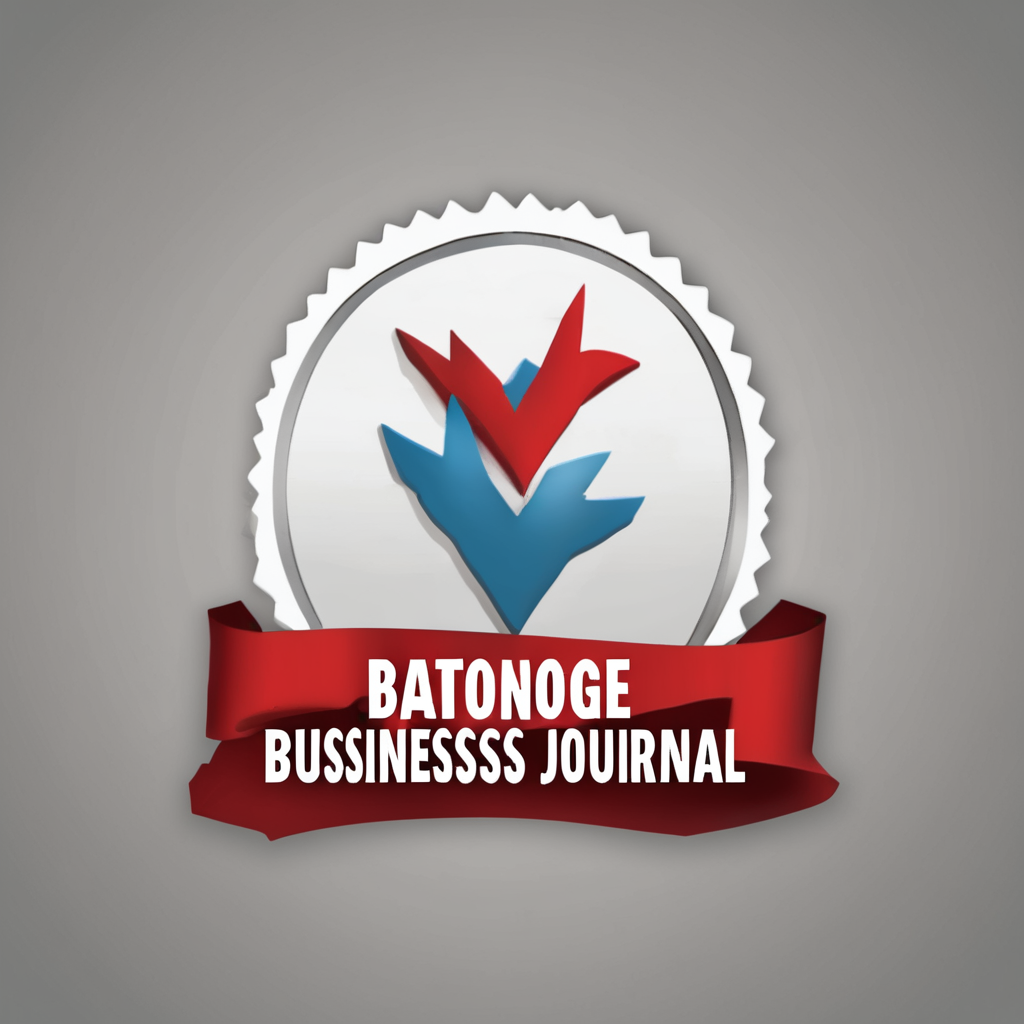The Impact of Effective Communication on Business Success
Effective communication is a cornerstone of business success, directly influencing growth and stability. Clear, consistent business communication ensures that all team members understand their roles, objectives, and expectations. This alignment reduces misunderstandings and streamlines workflows, which drives better decision-making and accelerates progress toward organizational goals.
Research indicates a strong relationship between communication quality and the achievement of business goals. When businesses prioritize effective communication, they enhance collaboration, minimize errors, and respond more agilely to market changes. For instance, companies that implement strategic communication frameworks often report higher productivity and more successful project outcomes.
Have you seen this : What Are the Most Common Pitfalls in UK Business Management?
Real-world examples abound where businesses have transformed their performance by refining communication processes. In one case, a company improved its internal communication channels, which led to faster problem-solving and a more motivated workforce. Another example involves clear external communication with clients, resulting in increased customer trust and expanded market share.
In summary, effective communication serves as the glue that holds business operations together, promoting growth and ensuring long-term success through better alignment and stronger relationships both inside and outside the organization.
This might interest you : What Are the Innovative Strategies UK Businesses Can Implement to Improve Sustainability?
Effective Communication in Leadership and Teamwork
Effective leadership communication sets the foundation for successful teamwork and fosters a collaborative workplace environment. Leaders who model transparency and clarity in their communication establish standards that encourage open dialogue and trust among team members. This transparent approach helps avoid misunderstandings, allowing teams to coordinate efforts seamlessly and address challenges proactively.
How does transparent communication enhance team performance? It builds a culture where team members feel valued and informed, resulting in higher motivation and commitment to shared goals. When communication flows freely, teams can quickly adapt to changes, share ideas, and solve problems collectively.
Case studies illustrate that organizations with strong leadership communication experience significant improvements in workplace collaboration. For example, teams led by communicative managers tend to report fewer conflicts and increased productivity, highlighting the critical role communication plays in leadership and teamwork dynamics.
Enhancing Customer Relations through Communication
Effective customer communication is essential for building trust and fostering long-term loyalty, which directly impacts overall customer relations. Clear and timely interactions signal to clients that their needs are valued, encouraging repeat business and positive word-of-mouth referrals. Strong communication practices help businesses create meaningful connections that go beyond transactional exchanges.
How does excellent communication improve client satisfaction? By actively listening and responding promptly to customer inquiries, companies demonstrate respect and care. This responsiveness not only resolves issues faster but also makes clients feel heard and appreciated, boosting their overall experience.
Real-world examples show companies excelling in client communication often implement consistent feedback loops. These loops allow businesses to monitor customer sentiment, adjust strategies proactively, and tailor services to meet evolving expectations. The result is enhanced satisfaction and stronger, more resilient relationships that support sustained business success.
Key Benefits: Productivity, Morale, and Satisfaction
Effective communication directly elevates productivity by ensuring that tasks are clearly assigned and understood, minimizing errors and redundancies. When employees receive clear instructions and timely feedback, workflow efficiency improves, helping teams meet deadlines and exceed targets more consistently. This clarity empowers individuals to focus on their responsibilities, reducing wasted effort.
How does communication impact employee morale? Open communication fosters an environment of trust and respect, which is crucial for employee engagement. When staff feel heard and valued through regular updates and transparent dialogue, their motivation increases, leading to lower turnover rates and stronger commitment to organizational goals. This positive morale also creates a more harmonious workplace, where collaboration and innovation flourish.
Workplace satisfaction is closely linked to communication quality. Employees who experience consistent, honest communication report higher job satisfaction because they understand how their contributions align with the company’s mission and see their feedback influencing decisions. This sense of involvement enhances loyalty and reduces conflict. Moreover, increased workplace satisfaction correlates with improved client interactions, as motivated employees tend to provide better service.
In sum, strengthening communication channels boosts productivity, elevates employee morale, and enhances workplace satisfaction—core drivers for sustainable business success.
Practical Strategies for Improving Business Communication
Enhancing business communication requires implementing targeted business strategies that foster clarity and engagement across all levels. One essential approach is establishing regular feedback and check-ins. These create formal opportunities for team members to share updates, clarify misunderstandings, and adjust goals promptly. Consistent feedback loops keep everyone aligned and proactively address issues before they escalate, promoting smoother workflows and stronger collaboration.
Another effective strategy involves investing in comprehensive training programmes focused on communication skills. Such training equips employees and leaders alike with techniques to convey messages clearly, listen actively, and navigate conversations diplomatically. Developing these skills contributes directly to better interactions, reducing miscommunication and enhancing overall workplace communication.
Additionally, adopting digital tools tailored to streamline communication plays a crucial role in improving information flow. Platforms that centralize messages, documents, and project updates minimize reliance on fragmented emails or informal chats, thus increasing transparency and timeliness. Digital solutions also support remote and hybrid work environments, ensuring continuous, effective communication regardless of location.
Together, these strategies create a robust framework for communication improvement that supports business success by enabling clearer, more consistent interactions across teams and departments.

